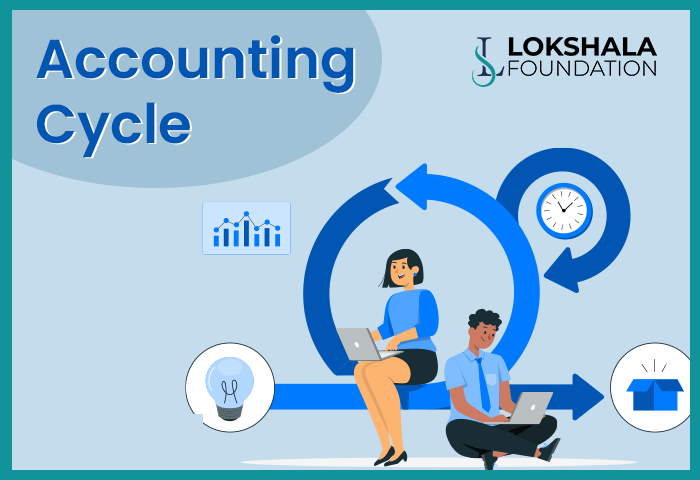As an aspiring business owner or someone interested in the world of finance, understanding the accounting cycle is crucial. It is a series of steps that outlines the necessary procedures for a regular business to gather, document, and handle financial data.
Let’s dive into the ten steps involved in the accounting cycle, explore why they are important, and how your business can benefit from mastering them.
Step 1: Identify and Analyse Transactions
This step involves identifying any business transactions, such as purchases or sales, and analysing them to determine their impact on the company’s financial position. For instance, if a company buys inventory on credit, it will increase the amount owed to suppliers and decrease its cash balance.
Tip: Keep a system in place for recording transactions accurately, whether it’s through an accounting software program or manual recording.
Step 2: Record Journal Entries for Transactions
Journal entries record all transactions in chronological order using the double-entry bookkeeping system. This means each transaction has two corresponding entries – a debit and a credit.
For example, if the company buys inventory on credit, it would record a debit to its inventory account and a credit to its accounts payable.
Tip: Ensure you know which accounts to use for specific transactions and understand debits and credits thoroughly.
Step 3: Post Journals to Ledgers
Journals are posted to individual ledgers to track the movements in specific accounts. This allows businesses to view the balance of each account at any given moment.
Tip: Regularly check for accuracy when posting transactions to avoid errors that could impact future reports.
Step 4: Prepare an Unadjusted Trial Balance
This step involves compiling a list of all the ledger accounts and their balances to ensure the total debits equal the total credits. Any discrepancies then investigated and resolved.
Tip: Ensure both the debit and credit columns balance and that all accounts are included in the trial balance.
Step 5: Prepare the Worksheet
A worksheet is a tool used to adjust the trial balance for any necessary changes, such as adjusting entries for accrued expenses.
Tip: Ensure all necessary adjustments are made accurately and thoroughly.
Step 6: Record Adjusting Journal Entries
Any changes identified on the worksheet recorded through adjusting journal entries, such as recording depreciation expenses.
Tip: Review and double-check all adjustments to make sure they are accurate and reflect the company’s current financial position.
Step 7: Adjusted Trial Balance
A new trial balance is prepared after passing the adjustment entries that are posted to the ledger accounts to ensure accuracy.
Tip: Review balances once more before proceeding to financial statement preparation.
Step 8: Prepare Financial Statements
Using data from the adjusted trial balance, businesses prepare their financial statements, such as the balance sheet, income statement, and cash flow statement.
Tip: Take into consideration the intended audience and purpose of each statement when preparing them.
Step 9: Closing Entries
Closing entries used to reset temporary accounts (such as revenue and expense accounts) to zero for the start of the next accounting period.
Tip: Ensure all entries made accurately before closing accounts.
Step 10: Post-Closing Trial Balance
The final trial balance is prepared after closing entries have been made to ensure that all debits and credit are equal.
Tip: Review all accounts and totals to ensure accuracy and completeness.
In conclusion, mastering the accounting cycle takes time and practice. However, it is essential for businesses to have accurate information to make informed decisions about future operations. As the legendary investor Warren Buffet once said: “Accounting is the language of business – if you can’t speak the language, you can’t understand what’s going on.”
So, invest the time to learn and understand the accounting cycle to give your business a competitive advantage.


